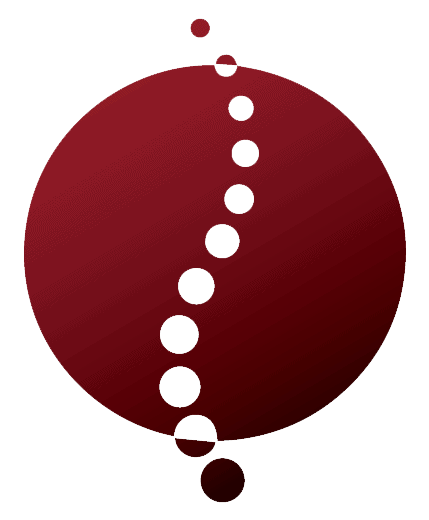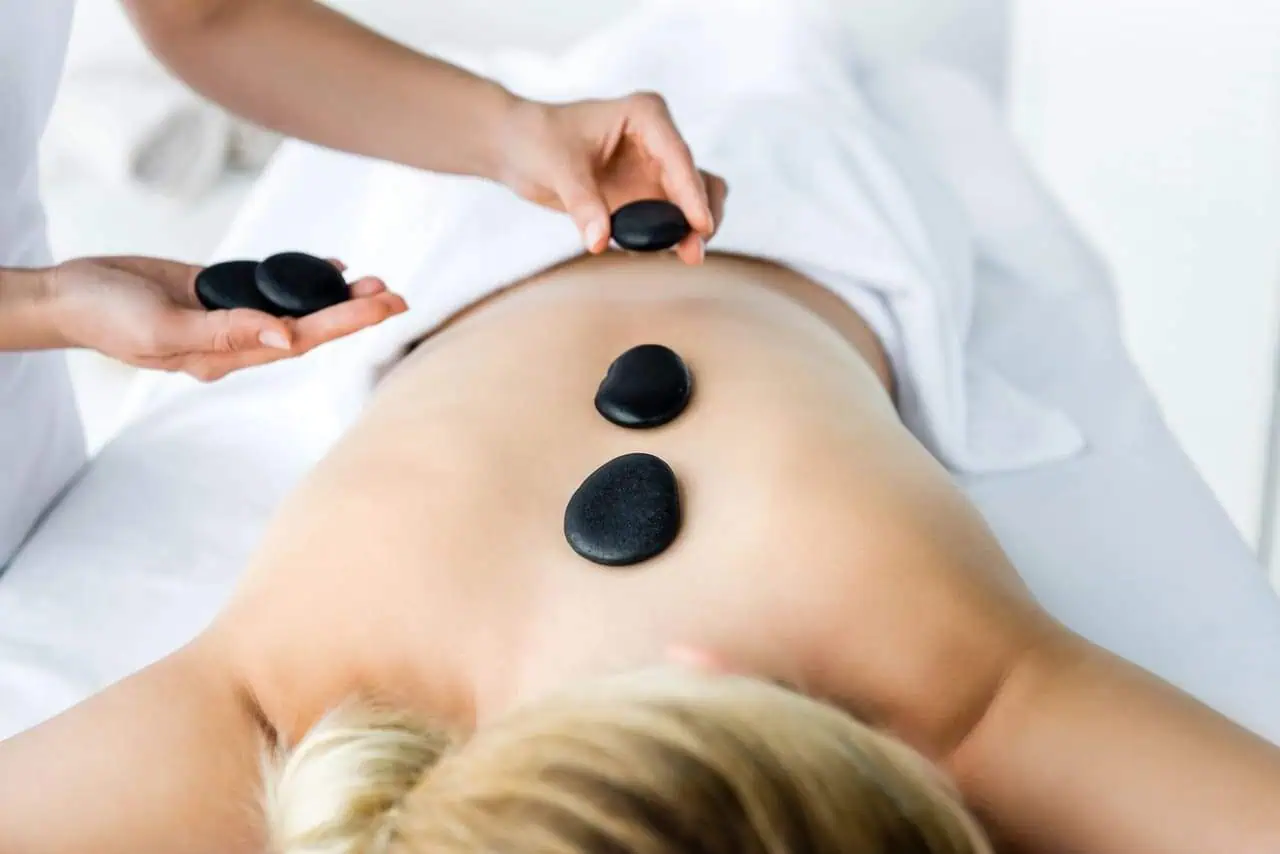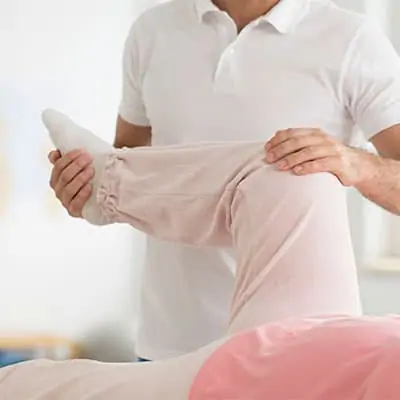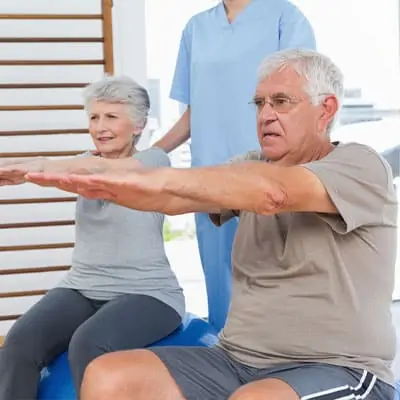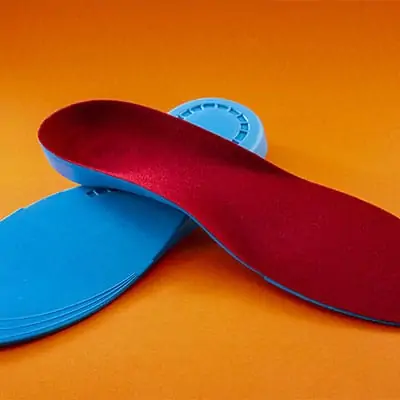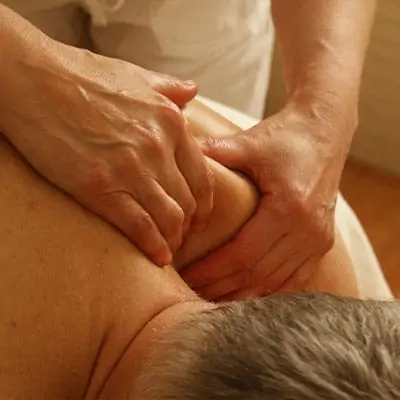Hot stone massage is an old therapeutic technique that dates back around 5,000 years. This ancient practice involves using heated stones to relieve muscle tension, promote deep relaxation, and reduce stiffness. Nowadays, it has gained popularity as a powerful addition to modern massage therapies. In this blog, we’ll explore how hot stone massage works, what you can expect during treatment, and the health benefits it offers.
How Hot Stone Therapy Benefits Health
Hot stone therapy provides a range of therapeutic health benefits that support both physical and mental well-being:
- Increases Blood and Lymph Flow: The heat from the stones helps dilate blood vessels, which enhances circulation throughout the body. This improved blood and lymph flow brings fresh oxygen and nutrients to tissues, supporting cellular repair and overall vitality.
- Relaxes Muscles: Heated stones promote deep muscle relaxation by penetrating warmth into the soft tissue. This helps relieve muscle soreness, ease stiffness, and release tight knots—reducing overall tension in the body.
- Improves Joint Mobility: By increasing flexibility and range of motion, hot stone massage can reduce the risk of injury and enhance physical performance in daily activities or athletic routines.
- Relieves Congestion: The calming effect of heat on the nervous system can help relieve congestion. Placing hot stones on affected areas encourages circulation and can help clear blockages or reduce tightness in congested regions.
- Improves Sleep: Hot stone therapy has a calming effect that may help reduce insomnia. The relaxation it provides can make it easier to fall asleep and support more restful, uninterrupted sleep.
Common Conditions That Respond Well to Hot Stone Massage
Hot stone massage is known for its ability to relax muscles, improve circulation, and reduce stress, making it helpful for a range of conditions. It’s especially effective for managing chronic back and neck pain, as well as easing muscle spasms, tightness, and post-work soreness.
Individuals with fibromyalgia or osteoarthritis may also benefit, as the gentle heat can help reduce widespread pain and joint stiffness. Sports injuries and repetitive stress injuries—like those from typing or physical labour—often respond well to this treatment by promoting muscle recovery and reducing inflammation.
Beyond musculoskeletal concerns, hot stone massage may support those dealing with fatigue, anxiety, or even digestive problems by calming the nervous system and encouraging deep relaxation. Its blend of physical and mental benefits makes it a valuable therapy for both recovery and overall well-being.
How Heated Stones Promote Healing and Relaxation
Heated stones can trigger the release of endorphins—natural analgesics that elevate mood and promote relaxation. When the temperature ranges between 110 and 130 degrees Fahrenheit, the warmth helps improve joint and muscle flexibility during stretching by increasing the range of motion. Additionally, the heat reduces nerve sensitivity and firing rate, which in turn lowers muscle tone and minimizes spasms.
When hot stones come into contact with the skin, they gradually dissipate heat into the deeper layers of muscle tissue. This soothing warmth helps dissolve tension and stress, encouraging both physical and mental relaxation.
Hot Stone Therapy: What to Expect During Treatment
Hot stone massage typically involves placing smooth, heated stones on targeted areas of the body. This helps enhance the massage’s effectiveness and overall therapeutic value.
- Initial Consultation: When you arrive at the clinic for your appointment, you will be taken to a private room. Before starting treatment, you will be required to sign a consent form and have a discussion about the benefits of treatment as well as potential risks.
- Preparation of Stones: The stones are typically flat and blackish-grey in colour. They are heated using specialized equipment. The temperature ranges between 45°C and 55°C (113°F to 131°F). When the stones get hot enough, they are placed on the body. The heat and gentle weight help loosen tight muscles, soothe the nervous system, and increase circulation. Therapists always make sure that the temperature of the stone is warm enough throughout treatment.
- Massage Techniques: The therapist asks the client if the temperature is just right or too hot after cautiously grabbing the hot stone and giving the first stroke. Therapists use a range of techniques to help people relax and release stiffness and knots in their muscles. If the pressure is too great or the stones are too warm, you should always let your therapist know.
- Stone Orientation: To cover the seven chakras, the therapist places the heated stones on the back of the body, along the arms, feet, and spine.
Types Of Stones Used During Hot Stone Massage
Different types of stones are used in hot stone massage to provide relaxation, soothing and therapeutic effects. These stones were chosen for massage therapy because of their versatility and abilities. Here are some of the most common types of stones used in hot stone massage:
- Basalt Stones: These are the most commonly used stones because they are high in iron, calcium, silica, and magnesium. They are made of volcanic lava, so they appear smooth and dark, and can retain heat for longer periods.
- Marble Stones: These are used in contrast to hydrotherapy, where cold application is followed by hot application. The difference between hot and cold improves circulation, which helps remove the metabolites and improves tissue health.
- Jade Stones: Jade stones have a quality to keep both heat and cold temperatures.
- Pink Himalayan Salt Stones: This Himalayan salt stone, when warmed, provides excellent exfoliation and calming effects.
Is Hot Stone Massage Right for You: Potential Downsides
While hot stone massage can be deeply relaxing and beneficial, it’s not ideal for everyone. One potential concern is heat sensitivity. Some individuals may find the stones too hot, especially those with sensitive skin or those receiving treatment during warmer weather. A registered massage therapist (RMT) will never place hot stones on your body without first understanding your health history. However, if you’re unsure how your body will respond, it’s essential to communicate openly with your RMT and share any relevant medical details beforehand.
Hot stone massage may also not be suitable for individuals with certain medical conditions. It is generally not recommended for those who are pregnant, have high blood pressure, cardiovascular issues, skin conditions, diabetes, or neuropathy. Additionally, people taking certain medications, recovering from recent surgeries, experiencing fever or acute illness, or those of advanced age should avoid this treatment unless cleared by a healthcare professional.
Always consult your therapist and prioritize safety to ensure the massage experience is both comfortable and effective for you.
Find the Relief You’ve Been Looking For
Hot stone massage is more than just a luxury—it’s a science-backed therapy that can support your body’s recovery and promote deep mental relaxation. Whether you’re managing chronic muscle tension, recovering from stress, or simply seeking a restorative experience, understanding how this therapy works is the first step toward maximizing its benefits. If you’re ready to explore the healing potential of hot stone therapy, reach out to the team at Cambridge Physiotherapy & Rehab Center. Our therapists can tailor the experience safely and effectively for you. Your journey to deeper relief and relaxation starts with informed care.
